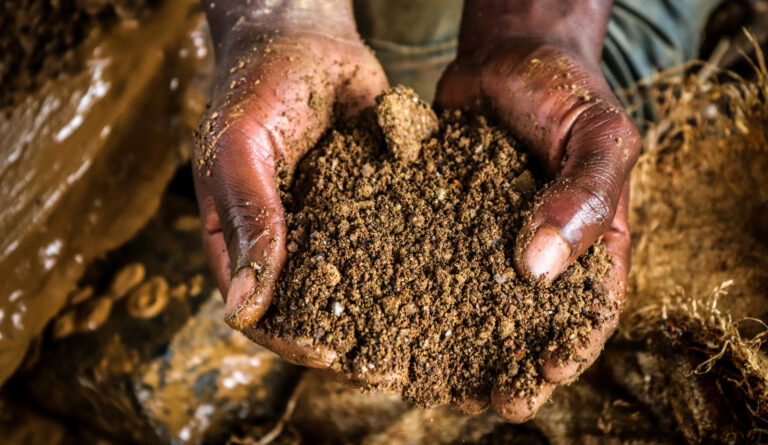La contextualisation d’un document majeur de la Commission européenne dé bouche sur l’examen de la diplomati edes ressources naturelles. « Si tu veux la paix, prépare la guerre. » Cette recommandation bien connue de Clausewitz est d’application dans le domaine des matières premières au nom du développement et sous la bannière des droits de l’Homme. Cette mise en pratique prête à réflexion.
Attachments
Notes[+]
| ↑1 | European Commission (2010), Raw Materials Initiative • – meeting our fundamental needs to ensure growth and create jobs in Europe, COM (2008) 699 final/2.6 May, Brussels. |
|---|---|
| ↑2 | La Chine contrôle 95 % de la production mondiale de ce groupe de dix-sept métaux de plus en plus uti lisés dans l’industrie innovante et les technologies vertes (éoliennes, batteries, les panneaux solaires, lasers, IPhones, écrans tactiles>. Il n’existe actuellement aucun procédé de recyclage ou de substitu tion commercialement viable pour ce type de métaux. |
| ↑3 | Les autres métaux moins connus sont le béryllium, le dysprosium, l’europium,le gallium, le germanium, l’hélium 3, l’hydrogène 3, l’indium, le néodyme,le niobium,le rhénium,le rhodium,le technétium 99, le terbium et, pour le groupe des terres rares,l’yttrium et le scandium. Voir Sciences&Vie, mai 2012, p. 52-71. |
| ↑4 | European Commission (2011), Meeting the challenges posed by commodity markets and raw materials, Corn (2011) 25, February 2, Brussels. |
| ↑5 | Le tableau de la page suivante a été réalisé à partir d’une compilation de Commission européenne (2011), Relever les défis posés par les marchés de produits de base et les matières premières, Com(2011) 25,2 février,Bruxelles. La CE se basait sur un rapport du Groupe de travailsur la défini tion des matières premières critiques, « Critical raw materials for the EU >,juin 2010. |
| ↑6 | Adrian van den Hoven (2010), Advancing the EU’s Raw Materials Pollcy, Business Europe, audience au Parlement européen,18 novembre. |
| ↑7 | Depuis 1990, on dénombre plus de trois-cents cas de poursuites d’Ëtats par des entreprises, souvent suivis de condamnations financières outrancières. Ainsi les condamnations à l’encontre de l’Argentine atteignent un total de 912 millions de dollars. Pour un seul cas perdu devant une cour d’arbitrage, l’Équateur s’est vu sommé de payer 698,6 millions de dollars, la Slovaquie l milliard de dollars. Aujourd’ hui,le montant réclamé à un Ëtat pour un seul cas peut s’élever à 19 milliards de dollars. |
| ↑8 | Commission européenne (2012), Règlement WEJ N” 97812012 du Parlement européen et du Conseil 25 octobre 2012 appliquant un schéma de préférences tarifaires généralisées et abrogeant le règlement |
| ↑9 | European Commission (2013), Proposal for a regulation of the European Parliament and of the Council amending Council Regulation (ECJ No 122512009) on protection against dumped imports from non-Community countries European Union and CCEJ Council Regulation No. 5971-2009 on protection against subsidized imports from countries not members of the European Community, COM (2013) 192 final, Brussels, p. 6. |





